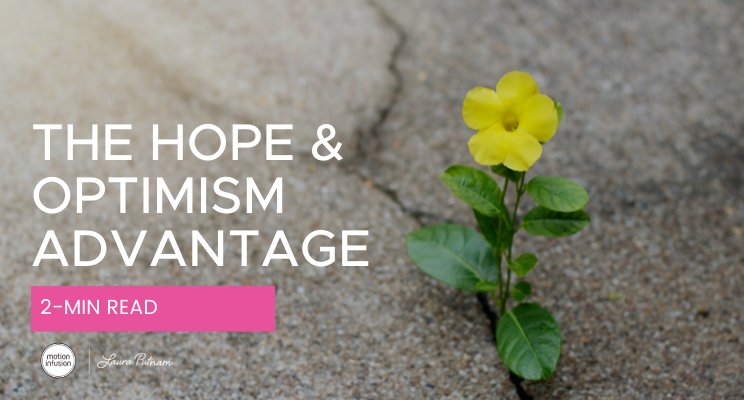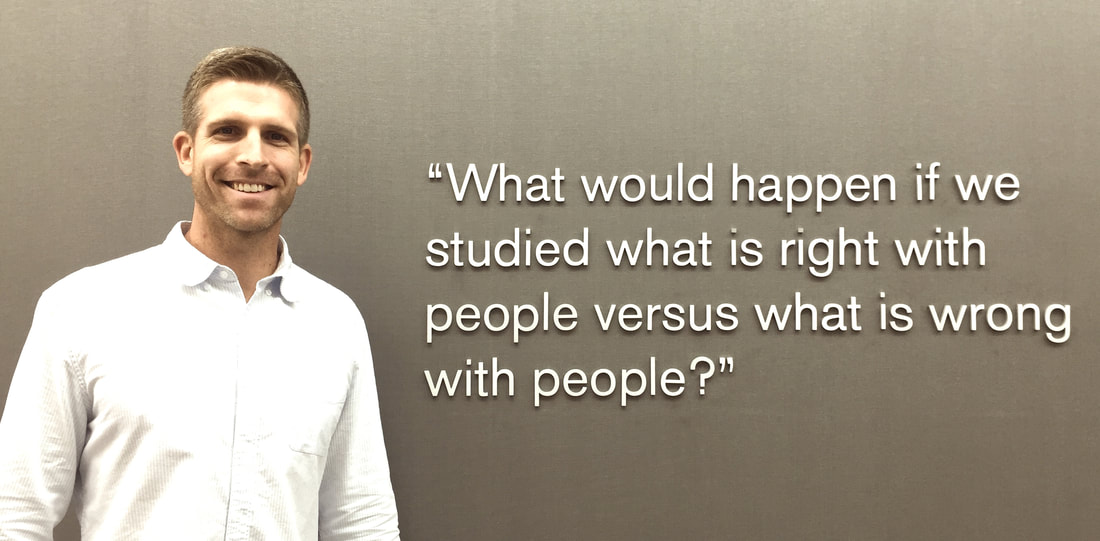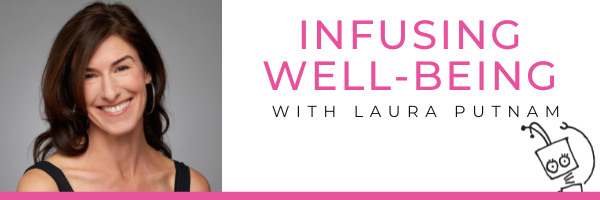|
60 years ago, Don Clifton, former CEO of Gallup and "Father of the Strengths Movement," asked the simple question: "What would happen if we studied what is right with people versus what is wrong with people?" Since then, this strengths-based approach has revolutionized the way companies approach workplace culture and management. Now, how might we apply this same kind of strengths-based approach toward workplace well-being? Or, put another way: What would happen if we started with what’s right, as opposed to what’s wrong, in our well-being efforts? Photo of my good friend, Ryan Wolf, Employee Wellbeing Lead at Gallup. Taken during a personal tour of Gallup HQ. Research suggests that starting from a place of hope and optimism (as opposed to scrutiny on all the things we’re doing wrong) can be hugely beneficial. Here’s why: 1. We’re more likely to change when we are experiencing positive emotions. As explained by leading positive psychologist Barbara Fredrickson at the University of North Carolina, “Positive emotions, especially when experienced with others, light the path to lifestyle change. Positivity improves our health and also fundamentally changes the way the brain works. We are able to see the big picture, connect the dots, try something new and engage in systemic thinking to solve problems like obesity and unhealthy lifestyles.” 2. Positivity in and of itself is good for us. Fredrickson’s groundbreaking research, in collaboration with UCLA scientists, demonstrates that positivity, or starting with what’s right, can actually lead to improvements in our health on a cellular level. 3. Positivity makes us more confident. “Happiness is not the belief that we don’t need to change; it is the realization that we can,” writes Sean Achor, author of the “Happiness Advantage.” The scientific term is “self-efficacy,” or the perceived sense of capacity to achieve goals and make change. When we start from a positive place, we boost our self-efficacy muscle power. So, what does all of this look like in action? We all know that the typical wellness program begins with a “what’s wrong with you” approach. While well intended, participants are asked to take screenings and health risk assessments to identify what’s wrong with them. Are you overweight? Are you stressed? Do you smoke? Do you have high blood pressure? And, then in the report, participants are reminded in big red letters, "Here are all the things you're doing wrong." And, then, we expect them to be inspired to engage with wellness and make change? What if we did it the other way around? What if we first helped participants to identify what they’re doing right – and then built on that? Let me give you a made-up example. John, a long-time employee at Company X, decides to participate in the company wellness program. He fills out the requisite HRA (health risk assessment), and right away, he’s most likely reminded that he’s overweight, eats too much junk food, and has high blood pressure. OK, maybe all of that is true. But what if he’s also in a loving relationship with his wife, he’s got a robust 401K and he loves what he does? In other words, what if he’s thriving in key areas of well-being, namely, social well-being, financial well-being and career well-being? That’s a lot to celebrate – and that’s also a lot to build on. Meanwhile, what’s most likely to happen is that John will receive a follow-up report that starts with a list of his risk factors, and will likely get a call from the wellness coach about how he might correct these. And, in all of this, they might not even see what he’s already doing right. Just because we've been using the biomedical model as the basis for our wellness programs doesn't mean that we have to keep doing so. Sure, this is great for diagnosing, but not so great for motivating. If the goal is to inspire and bring more people along for a wellness imitative that works, then let's consider a Start With What's Right Approach. Are you interested in building a culture of wellness that actually works for 6 key elements of well-being? Then, check out my Workplace Wellness that Works Keynote (built to inspire) and Workshop (built to activate).
0 Comments
Leave a Reply. |
Follow laura on social:Website by Brand Genie
|
join laura's monthly newsletter
|





